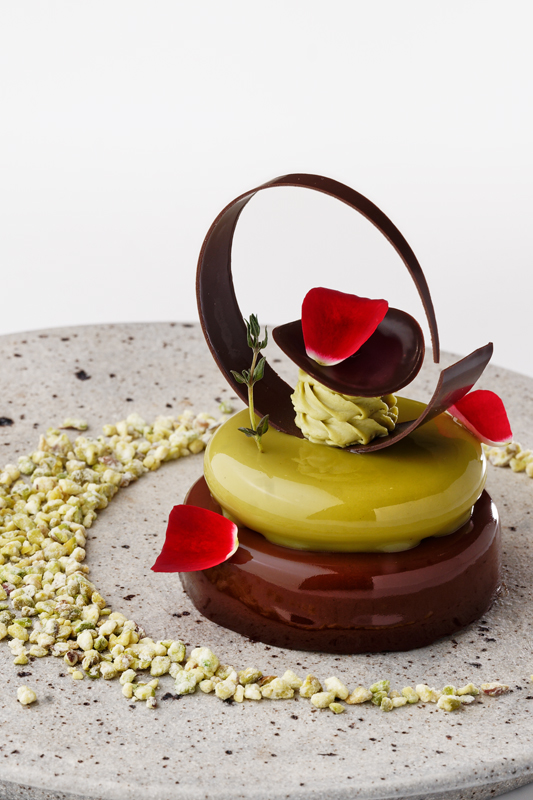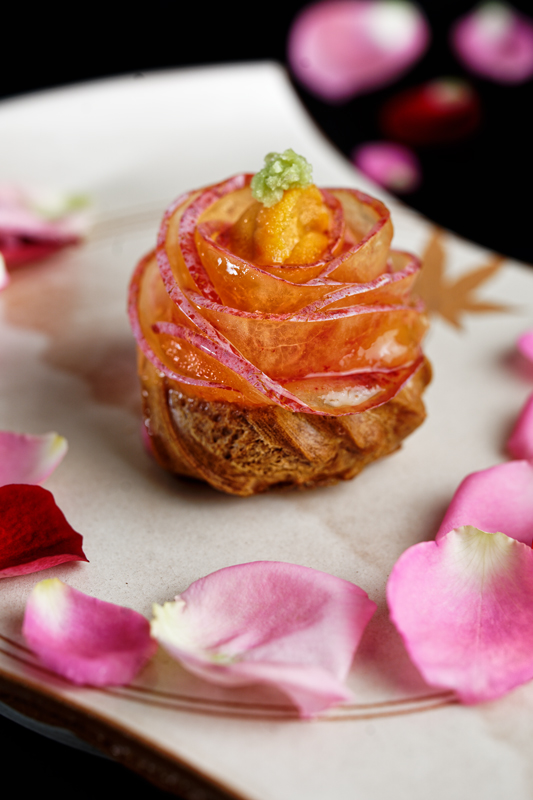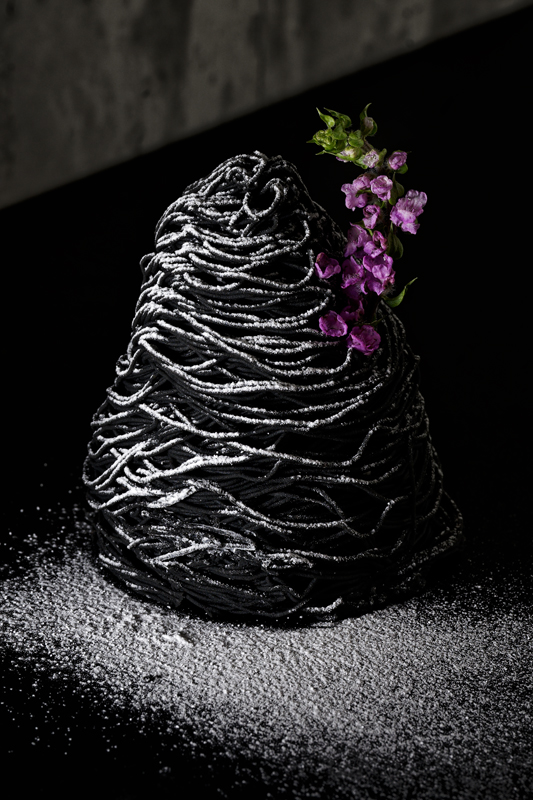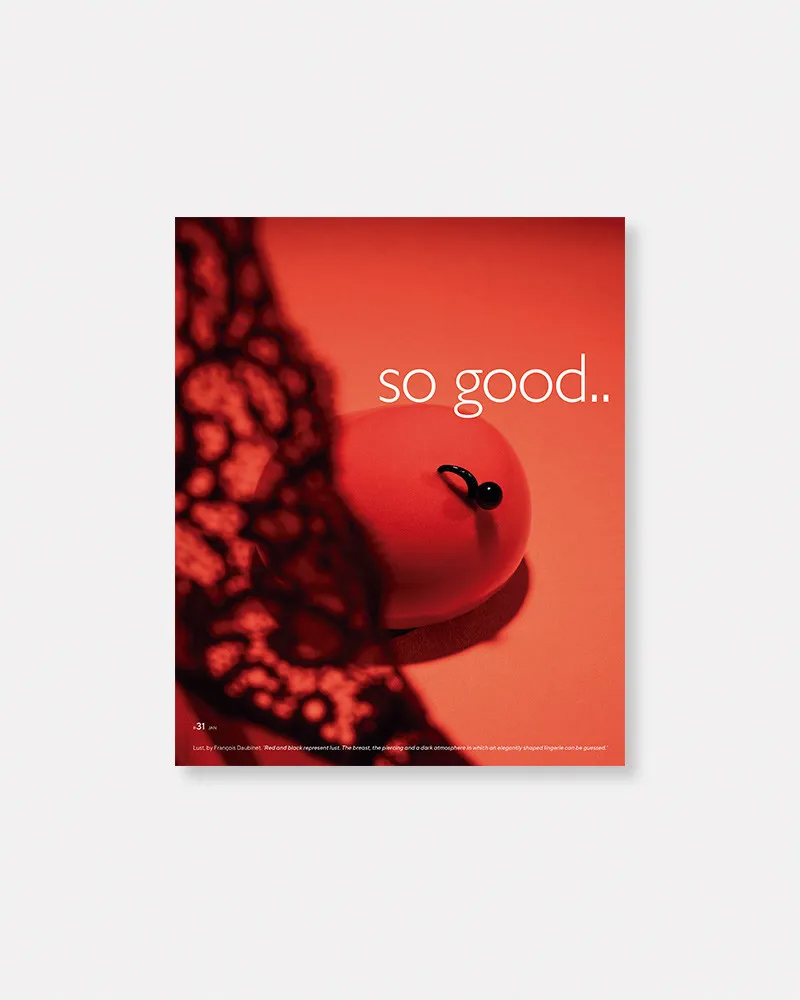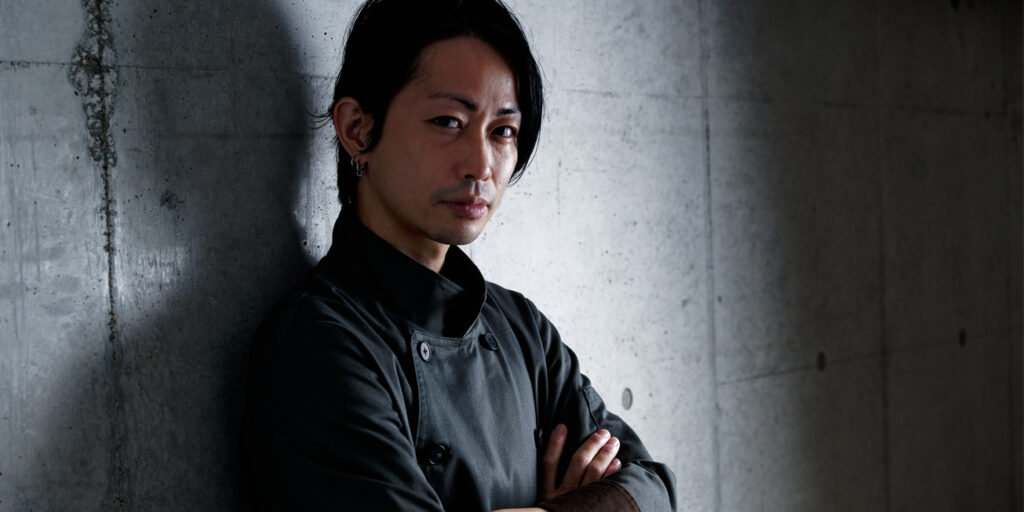Categories Pastry Chef Articles
The popular Patisserie Kyohei Mikami in Tokyo and its take-away art concept
Photos: Noriko Carlow
Kyohei Mikami opened his first pastry shop in one of the high-income class residential areas in Tokyo at the end of 2022. About six months later, he started an exclusive dessert restaurant next to the shop.
His artistic cakes are priced two to three times the average price of an individual cake in Tokyo. However, there are many people willing to pay more to have a different gastronomic experience.
But what is the difference between the countless pastry shops in the capital of Japan and this young chef’s? We explain it to you in so good.. magazine 31.
1. French training, Japanese point of view
Although Kyohei Mikami trained in some established French-style pastry shops in Tokyo, he wants his pastries to reflect his Japanese point of view.
‘It seems that you can do anything you want in terms of designing or decorating cakes now, but if you stick to French patisserie, there is a rule to follow, which I understand. When I was a student in my hometown, I used to think, “What if the height of the cake becomes unusually high?” And I don’t want to give up such unconventional ideas from now on’.
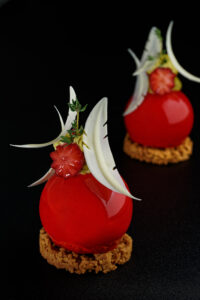
2. Basic and artistic pastry
Patisserie Kyohei Mikami sells different types of cakes from Monday to Friday. On “basic” days it offers staples of Japanese pastry, such as puff pastry and “purin (caramel custard)”, and on “artistic” days, five types of fresh pastries are selected.
3. Art to go
A bird-cage-inspired Mont Blanc, KUROHINA (black chick), a red glossy sphere with white chocolate feathers called REI (Ms. Exquisite), a chocolate and pistachio cake shining like a moon called MAYA (Midnight Beauty), a Japanese shortcake called YAE (Eight-Layer Flower), or HIZUKI (Red Moon) that looks like a moon viewing from trees. These are some of the creations that can be found in his shop window on “artistic” days.
Mikami always gives them female names. Each cake has a dark and beautiful image of a heroine in the Japanese fantasy anime. ‘You can say that again. To tell the truth, MAYA was inspired by the dark heroine in Masked Rider (superhero TV series). I decorated it with a moon-like chocolate décor and petals along with her character de ella’.
4. Pairing of ‘a priori’ incompatible ingredients
His cakes, beyond the visual, stand out due to their combination of flavors. Mikami sources the best quality fruits of the season from suppliers and thoroughly analyzes them to find the best pairing. ‘Even the ingredients may not go along well at first glance, if they contain the same aroma characters or belong to the same family botanically, a harmony, or even a synergistic effect can be drawn out.’ black garlic with strawberry, Japanese Sansho pepper with raspberry and yuzu, and peach with uni sea urchin.
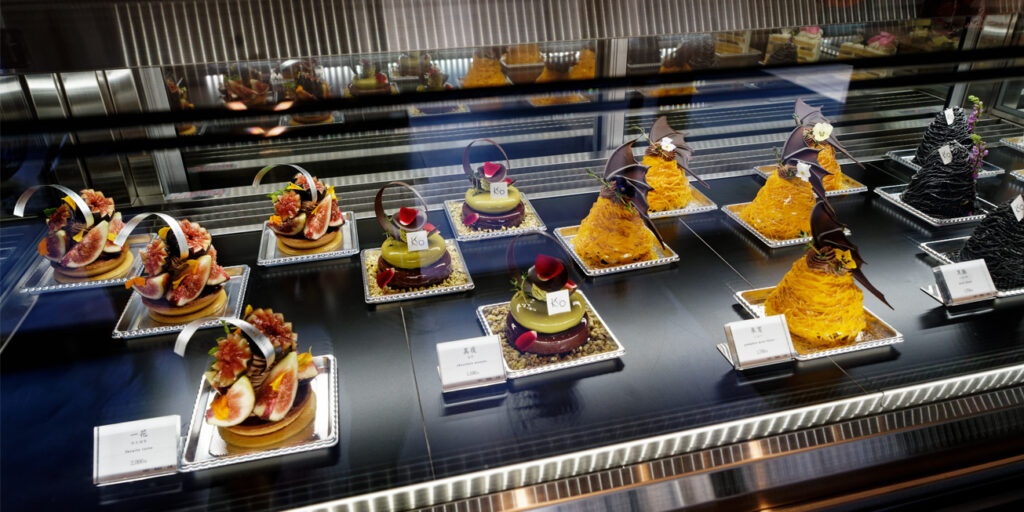
5. Use of koji
Aspergillus oryzae, known as kōji, is a mushroom traditionally used in Japanese cuisine. This product is used to prepare foods such as soy sauce, miso, or rice vinegar that are part of the culture and gastronomy of the Japanese country. ‘They not only give umami to my cakes, but also the enzymes affect texture in the fermented ingredients. That is why I use rice koji powder in the sponge to improve its mouth feel.’
6. Without fear of experimenting
At the restaurant, Mikami serves Sweets Kaiseki a few days a month and prepares ten sweet dishes at the counter. The menu begins with a fruit amazake, a fermented rice drink, koji rice, and fruits such as pineapple and mango. This is followed by wagashi (Japanese sweets) such as warabi mochi and ohagi, and then some dishes inspired by washoku (Japanese cuisine) such as fruit tempura or sushi. The kaiseki course finishes with his cakes from the Artistic line.
‘Whenever I encounter interesting ingredients, I experiment to discover their hidden charm. When the experiment succeeds, I will serve it in the restaurant, and if I see the customers enjoying it, it encourages me to keep it going.
Discover these recipes by Kyohei Mikami in so good.. #31
